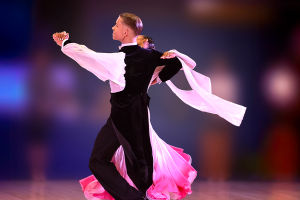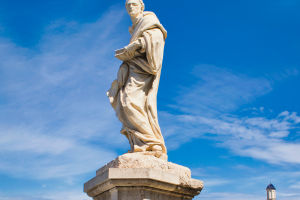When you see a photo where water looks silky smooth, car lights draw vibrant trails, or stars swirl across the night sky, you're witnessing the magic of long exposure photography.
This technique lets you capture movement and light in ways our eyes can't see in real time. But how do you control your camera to create such mesmerizing images?
Let's explore how to master long exposure for dynamic, visually captivating shots.
Understanding the Basics of Long Exposure
Long exposure means keeping your camera's shutter open longer than usual, allowing more light to hit the sensor and recording movement over time. Instead of freezing a moment, you're blending moments together to show flow, motion, or light trails.
The key controls to manage here are shutter speed and aperture. A slower shutter speed — anywhere from a fraction of a second to several seconds or even minutes — lets you capture motion blur and light trails. Meanwhile, the aperture controls how much light enters and the depth of field.
Balancing Shutter Speed and Aperture
Finding the right balance between shutter speed and aperture is essential. If your shutter speed is too long and the aperture too wide, your photo may overexpose, becoming too bright and losing details. Conversely, if the shutter is too fast or aperture too small, you won't get the desired motion effect.
For example, when shooting flowing waterfalls, a shutter speed around 1/4 to 2 seconds can create that smooth, silky water effect. At the same time, choosing an aperture like f/8 to f/16 helps control light and keep the scene sharp.
On a dark night, shooting light trails from cars might require shutter speeds of 10 seconds or more. Here, a smaller aperture (like f/11 or f/16) and low ISO settings reduce noise and prevent overexposure.
Using Tripods and Remote Triggers
Because long exposure means the shutter stays open longer, any camera shake causes blur in unwanted areas. Using a sturdy tripod is crucial to keep the camera perfectly still. Additionally, remote triggers or timer delays prevent shaking caused by pressing the shutter button.
Creative Applications: Nightscapes and Light Trails
Long exposure shines in night photography. Capturing star trails, cityscapes, or neon signs becomes possible by embracing slow shutter speeds. By layering light over time, you create images that feel alive and dynamic.
For instance, when photographing a busy highway at night, long exposure records moving headlights and taillights as continuous ribbons of red and white. This technique reveals patterns and rhythms invisible to the unaided eye.
Tips for Perfecting Your Long Exposure Shots
1. Scout your location and plan for lighting conditions. Knowing when natural or artificial light changes helps you pick optimal settings.
2. Use manual mode to fully control shutter speed, aperture, and ISO. Auto modes often struggle with long exposures.
3. Start with a low ISO (100 or 200) to minimize grain and noise.
4. Experiment with different shutter speeds to find the motion effect you want.
5. Review your photos and adjust settings—long exposure is often about trial and error.
Why Long Exposure Matters in Modern Photography
Long exposure allows photographers to express time and motion artistically, expanding the storytelling potential of a single frame. Beyond aesthetics, this technique trains the photographer's patience, observation, and technical skill.
In a world filled with rapid, fleeting moments, long exposure photography encourages us to slow down, notice patterns, and appreciate the beauty in movement. It transforms everyday scenes into dreamlike visuals that inspire awe.
So, what subject or scene would you want to experiment with using long exposure? Have you ever tried capturing motion this way?


